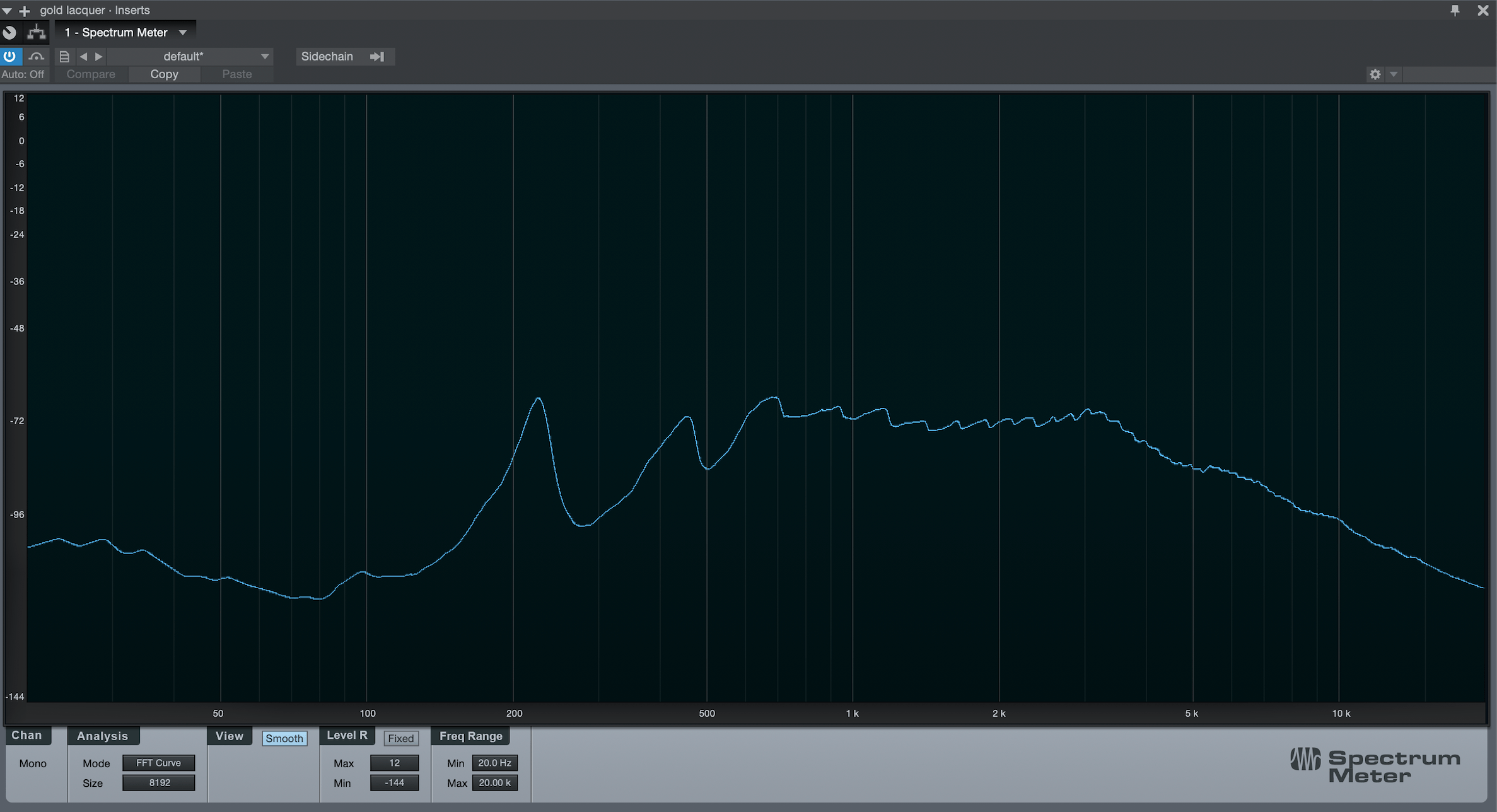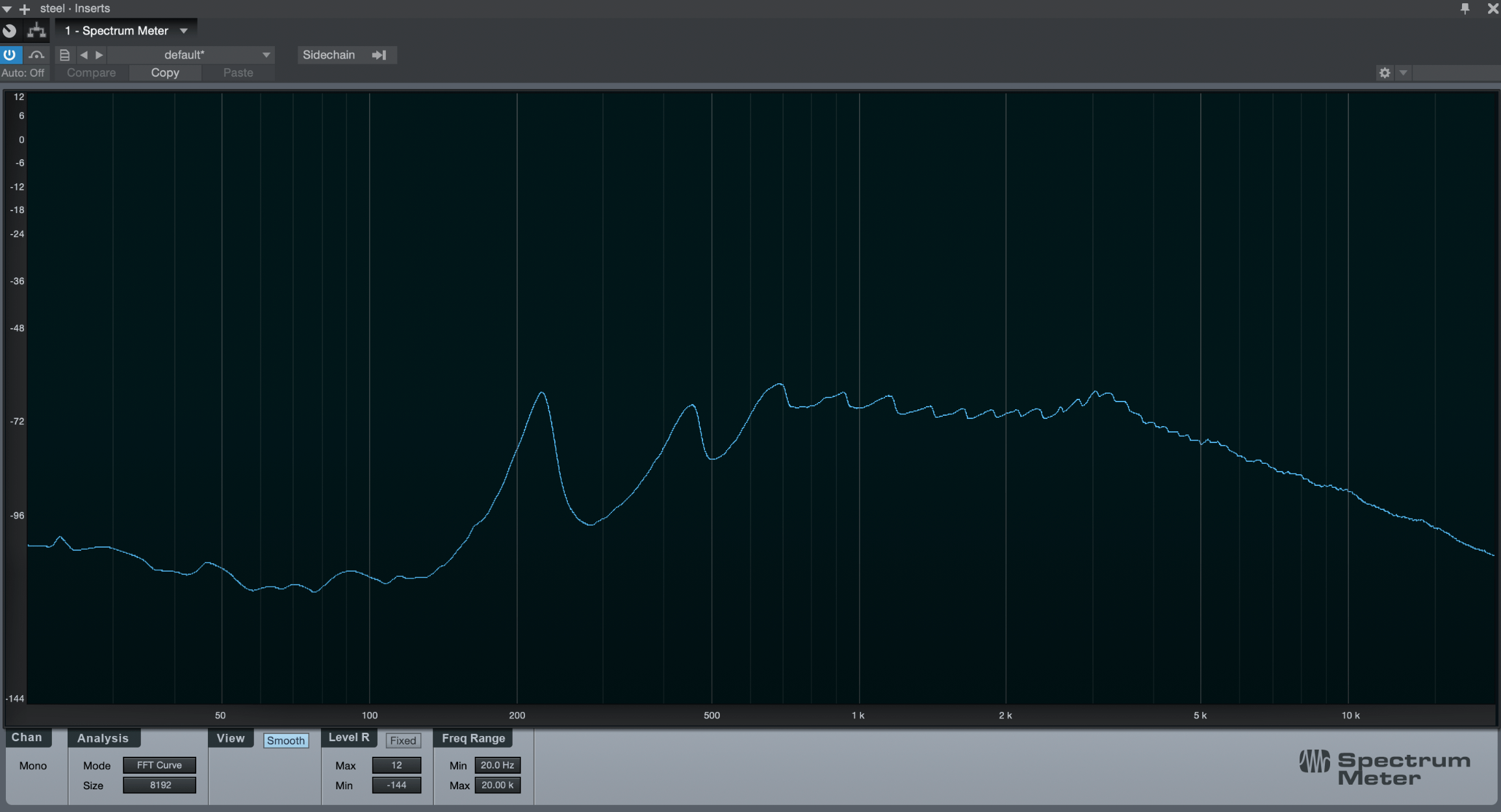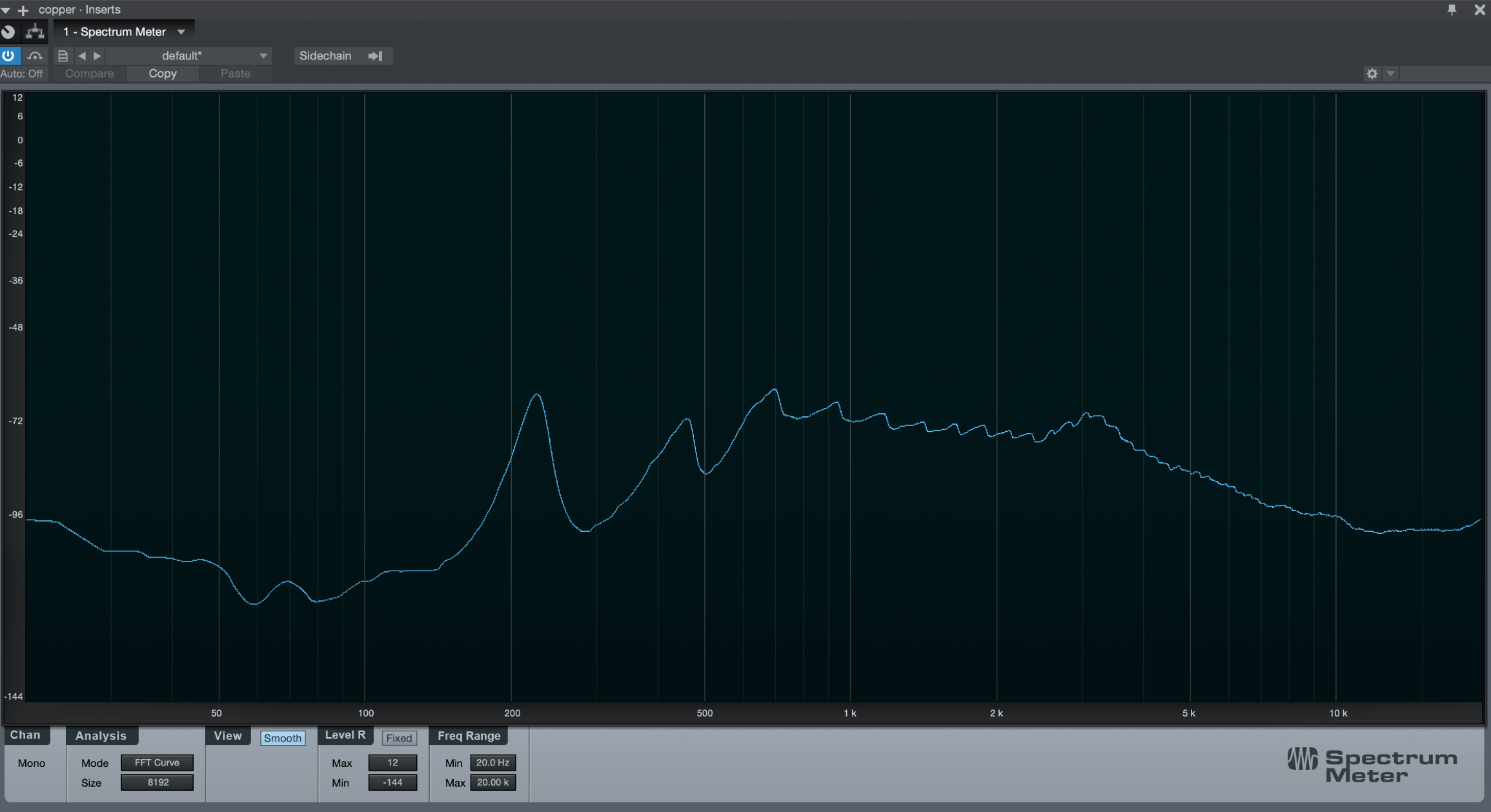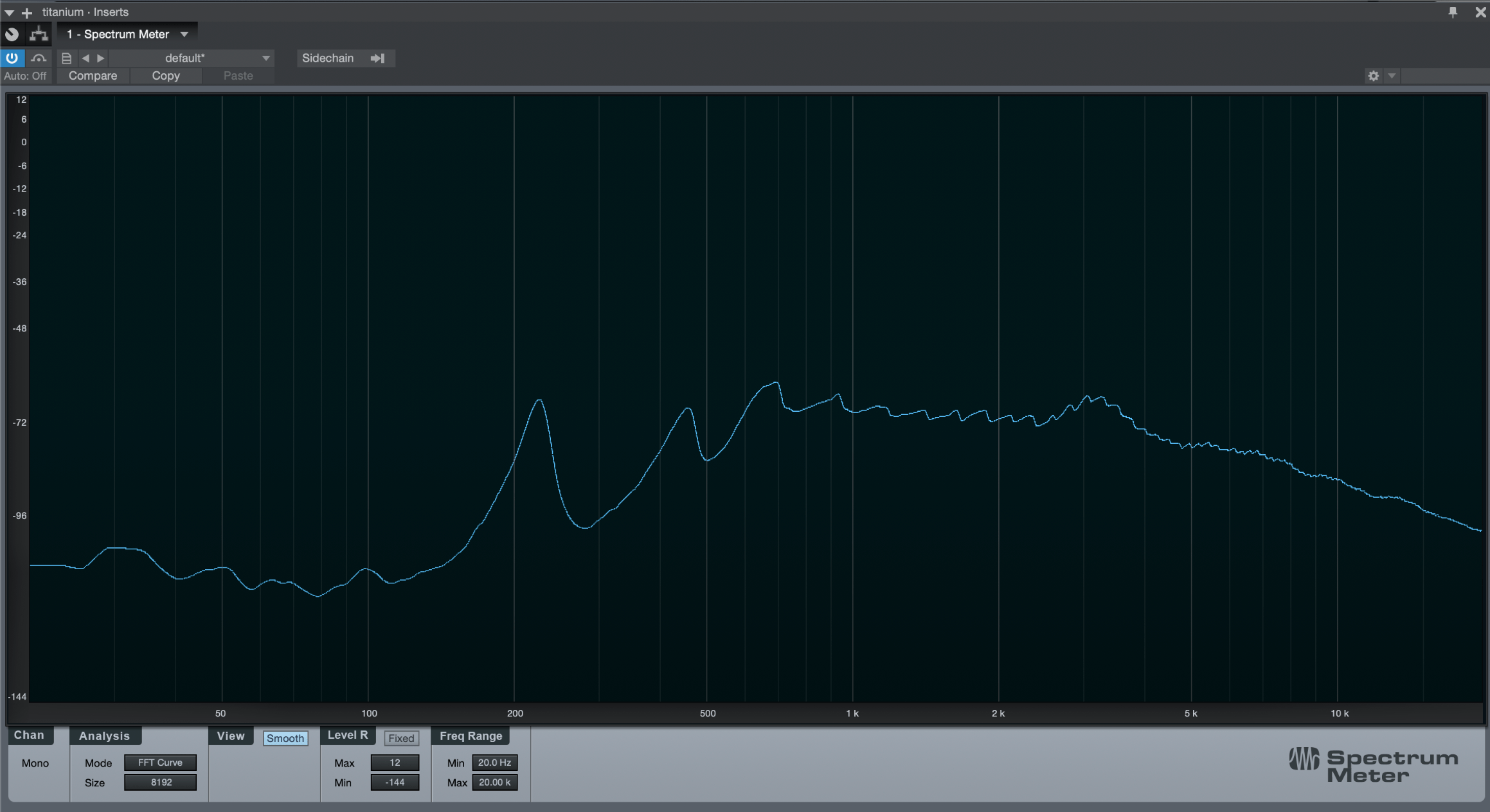When most people buy a Theo Wanne mouthpiece, that's the end of their research. Sure, you just bought one of the finest mouthpieces that the industry had to offer, but didn't you know that you just bought one of the most customizable mouthpiece + ligature combinations available?
It didn't take me long to realize not many people even in my own circle knew that you could purchase a Pressure Plate set from Wanne that gave you many more options for shaping your sound. In the paragraphs below, we're going to go in depth and talk about why you (a Theo Wanne mouthpiece owner) should get a pressure plate set. Although the changes in tone are small, they can help you to fine tune your tone and get you even closer to what you'd consider your perfect sound.
Did you think that your Theo Wanne mouthpiece only had "one sound"? Get your perfect tone by experiment with 4 other pressure plates available from Wanne.
Tone Shaping Made Easy
Theo Wanne's Liberty Ligature has been one of my more favorite ligature designs across the past 10 years. Why? Firstly, it's attached to the mouthpiece. You're getting metal-to-metal contact. It's not going to separate itself from the mouthpiece, so you won't lose a ligature. Most importantly, it has a bit of a modular setup so that you can change the pressure plates in and out on it, effectively helping to shape your tone how you see fit.
I kind of looking at this ligature as having many ligatures in one. Need to cut through on the rock gig? Titanium. Need a softer, slightly warmer sound that might fit your jazz gig better? Copper. You see where I'm going with this. The best part is, is that if you really want to change out your plates, it only takes a minute or two make the change.
One thing that gets looked over a lot is that the ligature is adjustable to five different positions on the mouthpiece itself. All you've got to do is loosen two of the screws with the tools that came with your mouthpiece, and you can pretty easily move it to any other of the four positions. With this, you'll get varying levels of control, etc. There are a LOT of great ways to shape your sound when you own a Wanne mouthpiece.

The Pressure Plate set itself comes with a great storage system (made of plastic) so that you can store your plates in the long term and not worry about them being harmed. It also comes with the the particular screwdriver you need in order to install your new plates into the Liberty Ligature.
If you're looking to buy Pressure Plates for yourself, you can get them right here, direct from Theo Wanne. Be assured, the customer support is second to none.
Different Plates, Different Tones
This is a product that's made to help fine tune the tone you're getting out of your mouthpiece. Although the changes are small, you will notice some differences in some very key points in the frequency spectrum.
Theo Wanne's Pressure Plates come in five different finishes/metals:
Gold Lacquer: This is what comes with the Liberty Ligatures that come with the metal mouthpieces, and the Enlightened Ligatures that come with the Hard Rubber mouthpieces. This has a fairly even sound across the whole spectrum. It has medium brilliance (in sound) and doesn't have any really special characteristics.

Frequency Response from the Gold Lacquer Plate
Steel: Included in the Pressure Plate Pack. Theo's literature says, "Our Stainless Steel creates a vibrant and alive industrial sound. The heavy metal tone!" In my own experience, this had a bit of a brighter tone, but I felt like I lost a little bit in the low end. Likely, this is a good choice if you're really trying to cut through the mix in a very loud gig.

Frequency Response from the Steel Plate
Copper: Included in the Pressure Plate Pack. Theo's literature says, "Our solid heavy copper dampens ocertones to allow the core sound to be the focus. Sound is more like a leather or strap type ligature." In my own experience, the sound felt a little dampened- similar to a strap type ligature- but I also felt the bottom end of the frequency spectrum get a little fatter. When I used this plate on my Durga 1 Baritone Saxophone mouthpiece some years ago, it took it from very thin-sounding to being a very full-sounding mouthpiece. I did the same thing with my Durga 3 Baritone Saxophone mouthpiece.

Frequency Response from the Copper Plate
Vintified: Included in the Pressure Plate Pack. Theo's literature says, "Warm and dark tone with wonderful color, overtones, and core to the sound." In my own experience, I'd say this is accurate. I've used this plate in the past to warm up a couple of my mouthpiece. For my own use, this was great for straight ahead jazz settings.

Frequency Response from the Vintified Plate
Titanium: Included in the Pressure Plate Pack. Theo's literature says, "Big, bold, open, free and fully alive sound with tons of character. Has extremely resonant qualities which produce a lot of overtones." In my own experience, this really opened up the sound of my Shiva 2 Tenor Sax mouthpiece much more than before. It had a giant sound before! I heard accentuated lows and highs (especially the ones that sparkle), and a bit of a mid-scoop which I felt gave me a slight bump in definition.

Frequency Response from the Titanium Plate
Want my thoughts?
It's really nice (IMHO) to see a company that is constantly thinking of giving the player the "full package" with a product. In this case, that means they included a well-made ligature with a mouthpiece that is super adjustable, and gives you some tone modeling options to boot. I know that Theo Wanne mouthpieces are expensive, but I really DO feel like you're getting what you've paid for.
Having the extra tonal options with these plates has made me a happier player. We all grow into and out of mouthpieces. Sometimes it's because we hear some different sounds we want to emulate in our playing, and sometimes it's because your body physically changes- and your sound changes with it. In this case, you're giving yourself more reasons to hang onto a mouthpiece for the long term. Need a different sound, but love your current mouthpiece? You've now got a new palette of colors to experiment with without changing anything too drastically.
As I stated in the video, some years ago, I was having an issue with the Durga 1 Baritone Sax mouthpiece. It was a great-playing piece, but it was just a little too thin (in tone) for my liking. I took off the gold lacquer plate and replaced it with the copper plate, and everything changed. The mouthpiece fattened up for me, and became super usable. I've had a lot of other nit-picky issues with my pieces, and the plates fixed all of them. Darker soprano tone? Copper or Vintified. Brighten up that tenor tone to cut through the mix? Steel or Titanium? Want a really even tone on any horn? Stick with the gold lacquer.
All I'm saying here is, if you've invested (or plan to invest) in a Wanne mouthpiece, you have a TON of tonal options at your disposal.
Why Theo Wanne?
Aside from making really great mouthpieces, Theo's quality control is fantastic. He begins by hand-picking materials from around the globe, and only the materials that he feels like represent the quality of his products. The build accuracy of his mouthpieces (side by side comparison) is remarkable. He's achieving absolute perfection with each mouthpiece. How? Theo's spent most of his life working through every design of nearly every mouthpiece ever made to understand why they function the way they do. With this knowledge, he developed his own concepts for his mouthpieces. Today, Theo is regarded is the foremost expert on saxophone mouthpieces across the whole world. This becomes apparent when you play his mouthpieces.

Did you think that your Theo Wanne mouthpiece only had "one sound"? Get your perfect tone by experiment with 4 other pressure plates available from Wanne.
Please note: SaxophoneCentral.com gets commissions for purchases made through links in this post.
Purchasing items through these links help to support our website and corresponding Youtube Channel.

